Microsoft's new technology converts non-editable PDFs to editable documents while preserving their original layout and design
This PDF converter could be a total game-changer.
3 min. read
Published on
Read our disclosure page to find out how can you help Windows Report sustain the editorial team. Read more
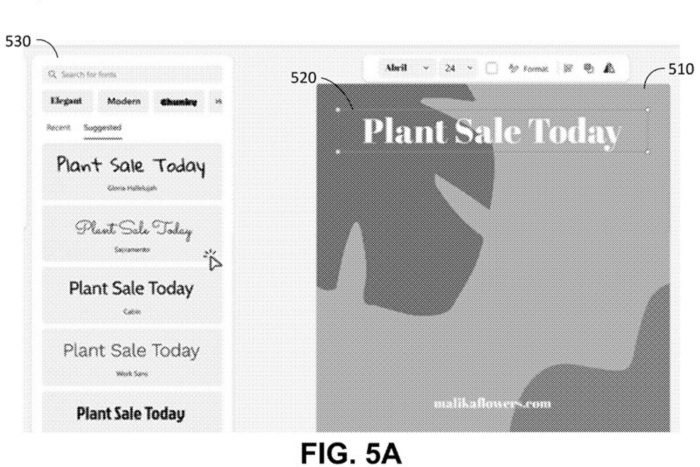
Everyone wants to convert non-editable PDFs to editable documents as seamlessly as possible, but currently, no one on the market has a converter that turns a PDF (or any other document) into an editable file while preserving its original layout.
Microsoft knows it, so the Redmond-based tech giant has been working on a technology that does that: converting non-editable documents into editable documents while preserving all of their original aspects, including fonts, colors, layouts, and visual elements such as images of different formats.
The company recently published a paper describing this technology’s system and method. It’s suggestively called METHOD AND SYSTEM OF GENERATING AN EDITABLE DOCUMENT FROM A NON-EDITABLE DOCUMENT, and it uses AI, among others, to keep intact the original elements of the document.
The system looks at the non-editable document and figures out the arrangement of various elements (like text, images, and tables), and it determines the positions and sizes of these elements using bounding boxes.
As used herein, the terms “non-editable document”, refers to an electronic document that cannot be edited by word proessing, presentation or design creation applications. Examples of non-editable documents include images (e.g., jpeg, GIF, PNG, etc) and PDF documents.
The system identifies the fonts used in the text within the non-editable document and then uses the AI model to choose the color scheme based on the colors used in the original document.
The system creates a new, editable document using the identified layout, fonts, and color scheme. This new document maintains the look and feel of the original non-editable document but allows for editing.
The technology converts non-editable PDFs into editable documents while keeping their original elements, but it also allows for resizing them while keeping everything intact.
In some implementations, the technical solution also offers automatic resizing of the editable document by preserving resizing the document in a manner that preserves aspect ratio of various elements in the document.
The technology would be a game changer for various reasons. It allows for faster conversion without worrying about misplaced parts or wrong fonts. Even though there are currently dozens of PDF converters on the market (we even have some recommendations for you), none truly converts a non-editable document into an editable one while keeping it intact.
Plus, the tech’s innovation lies in its resizing and visual preserving, which could be quite useful in a handful of situations, from preserving and editing archived files to giving new life to old documents.
The paper can be read here.

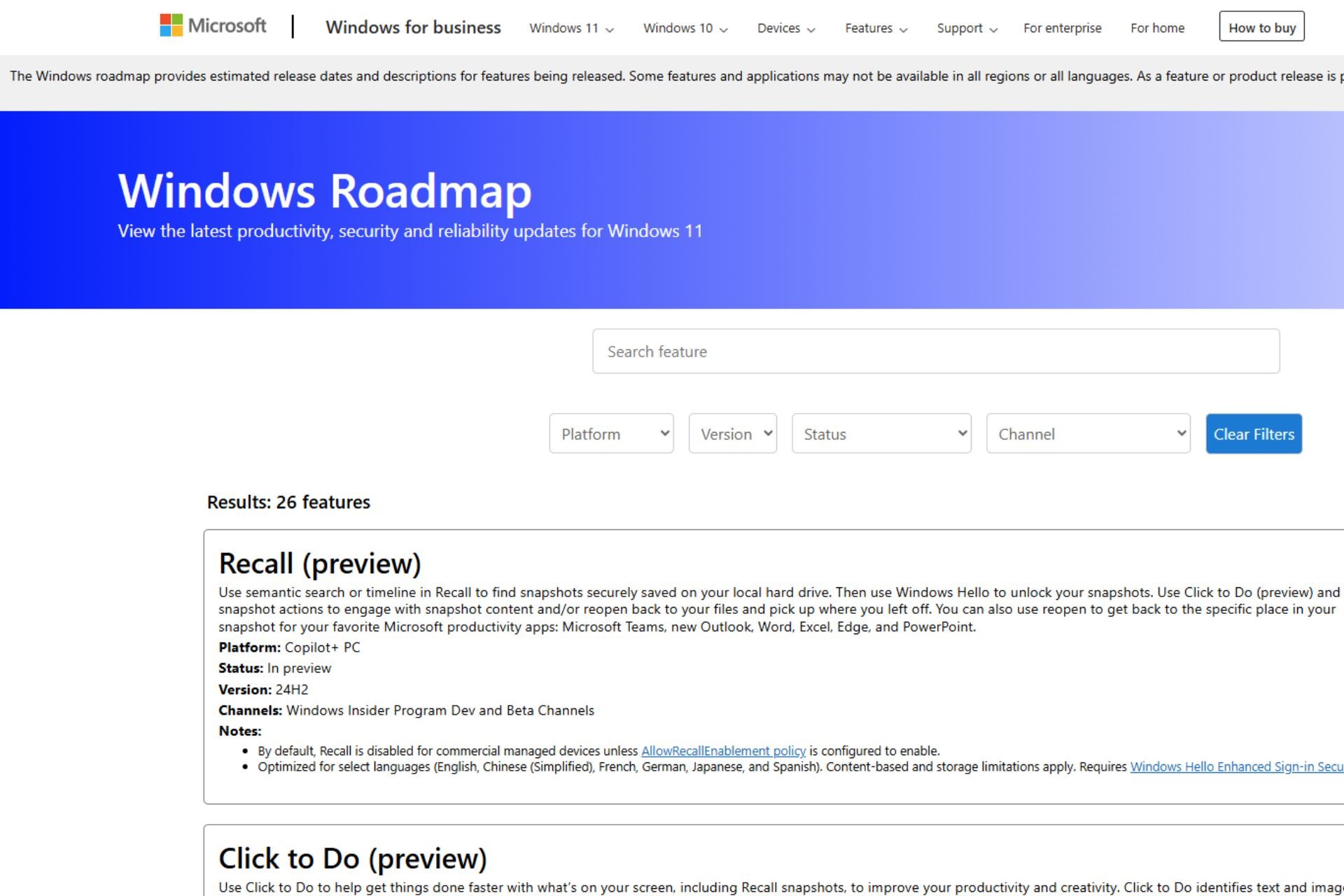
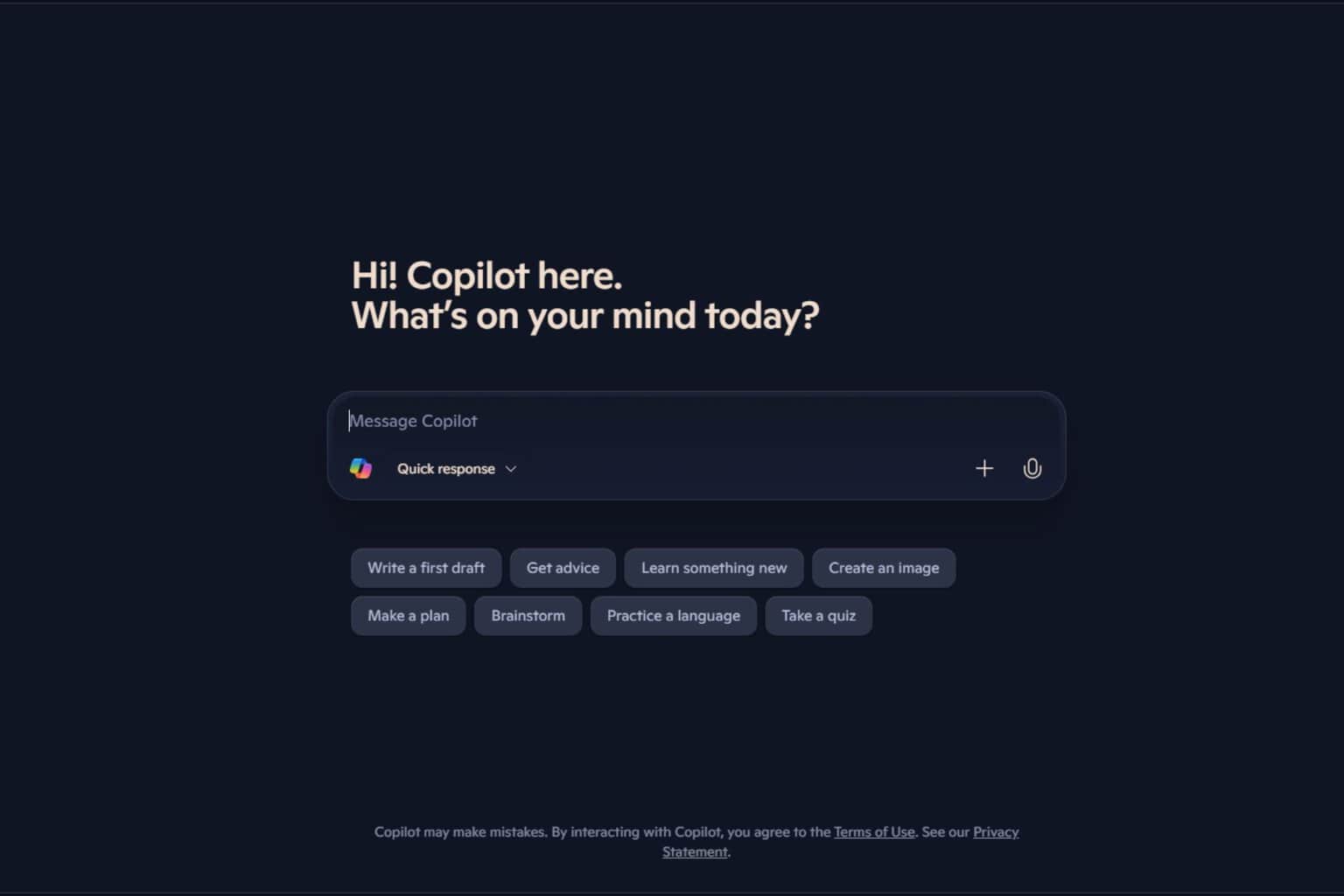
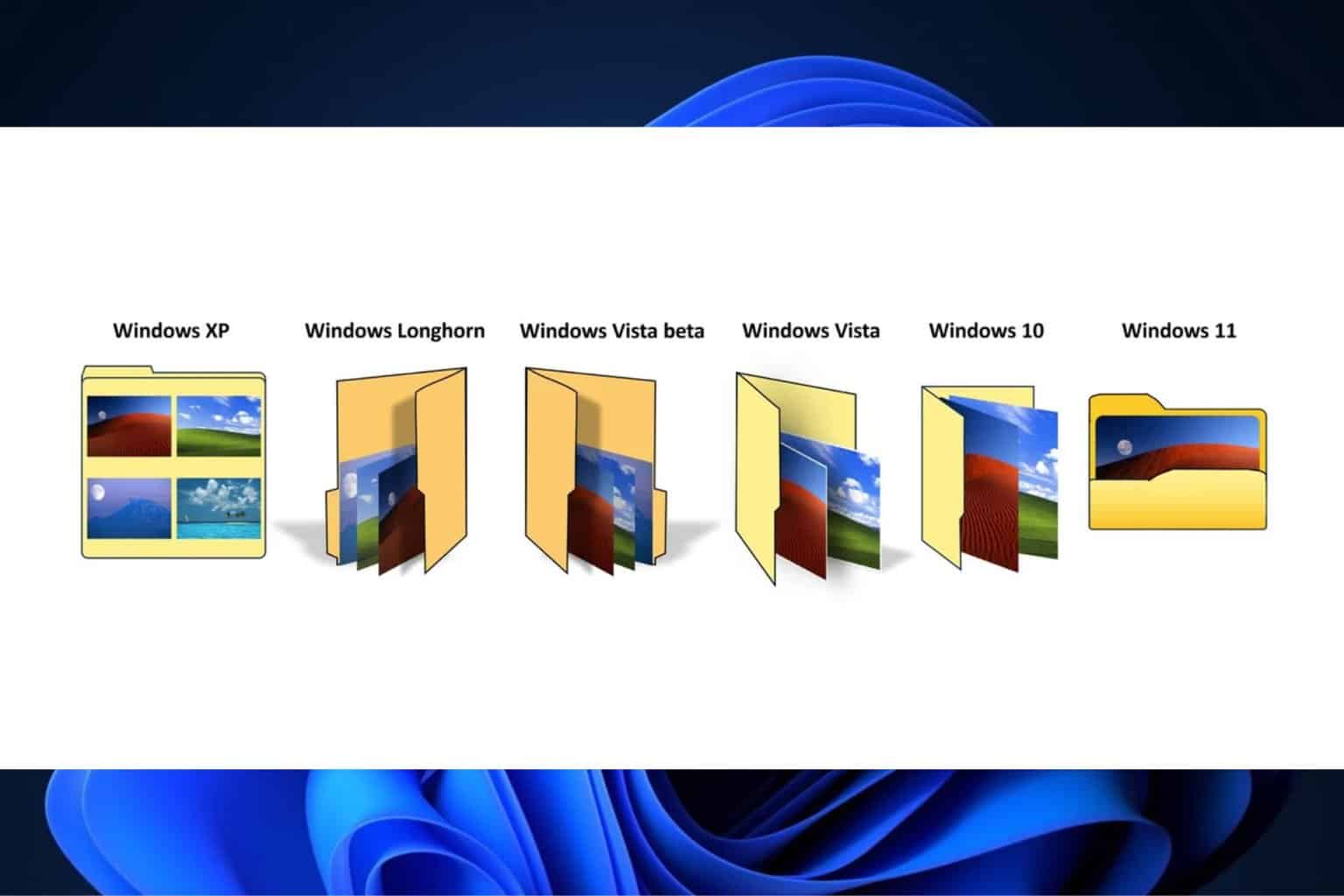
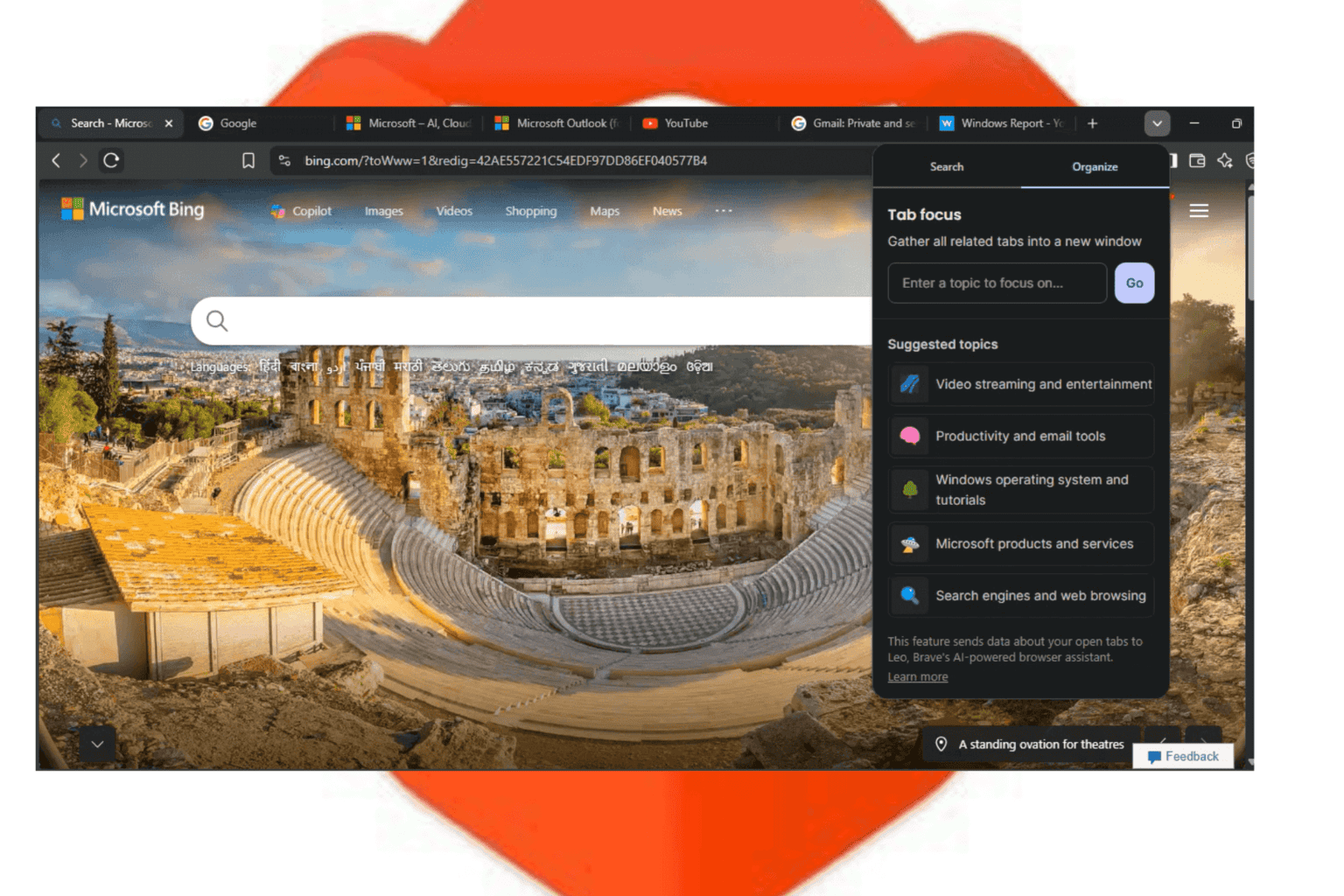
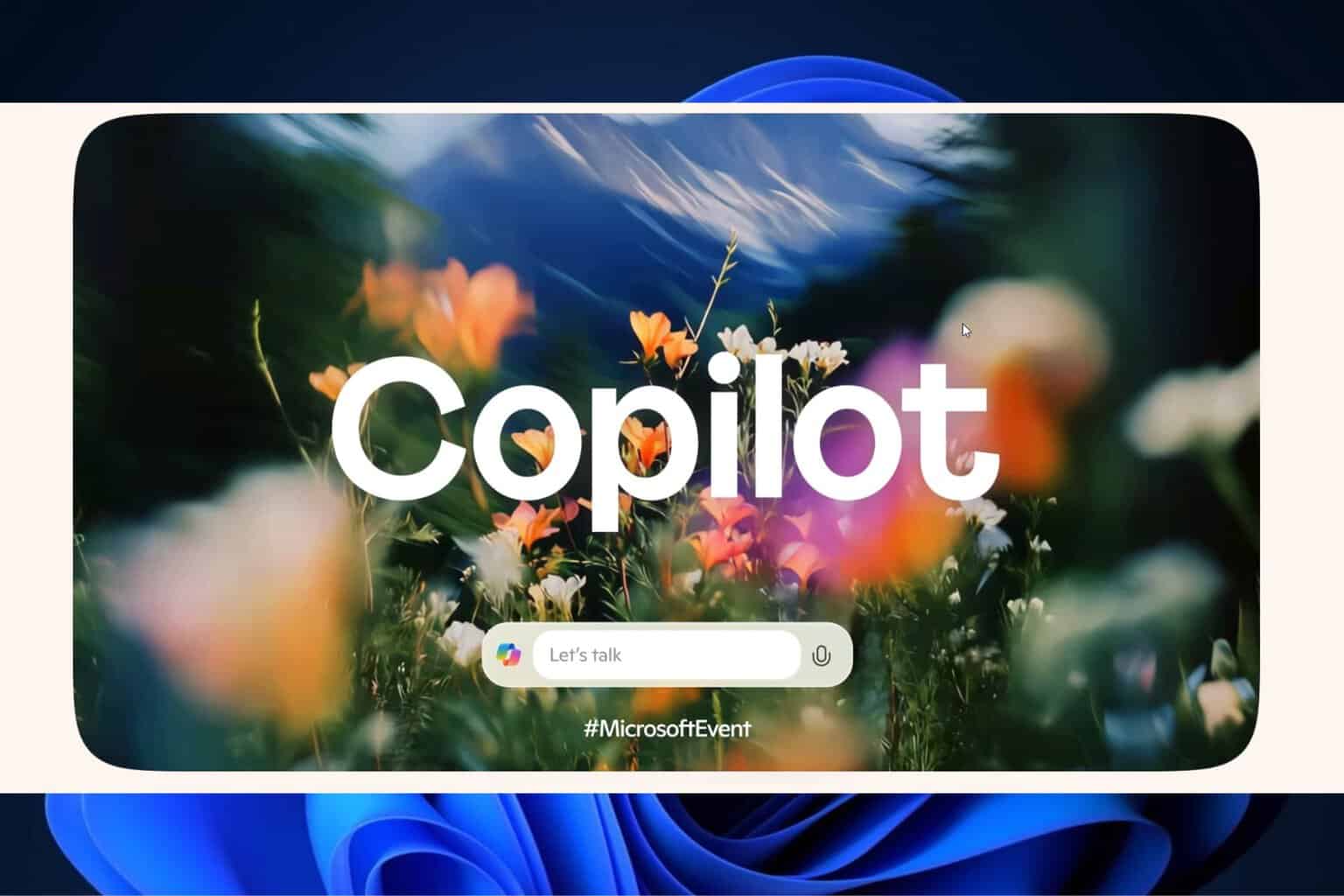
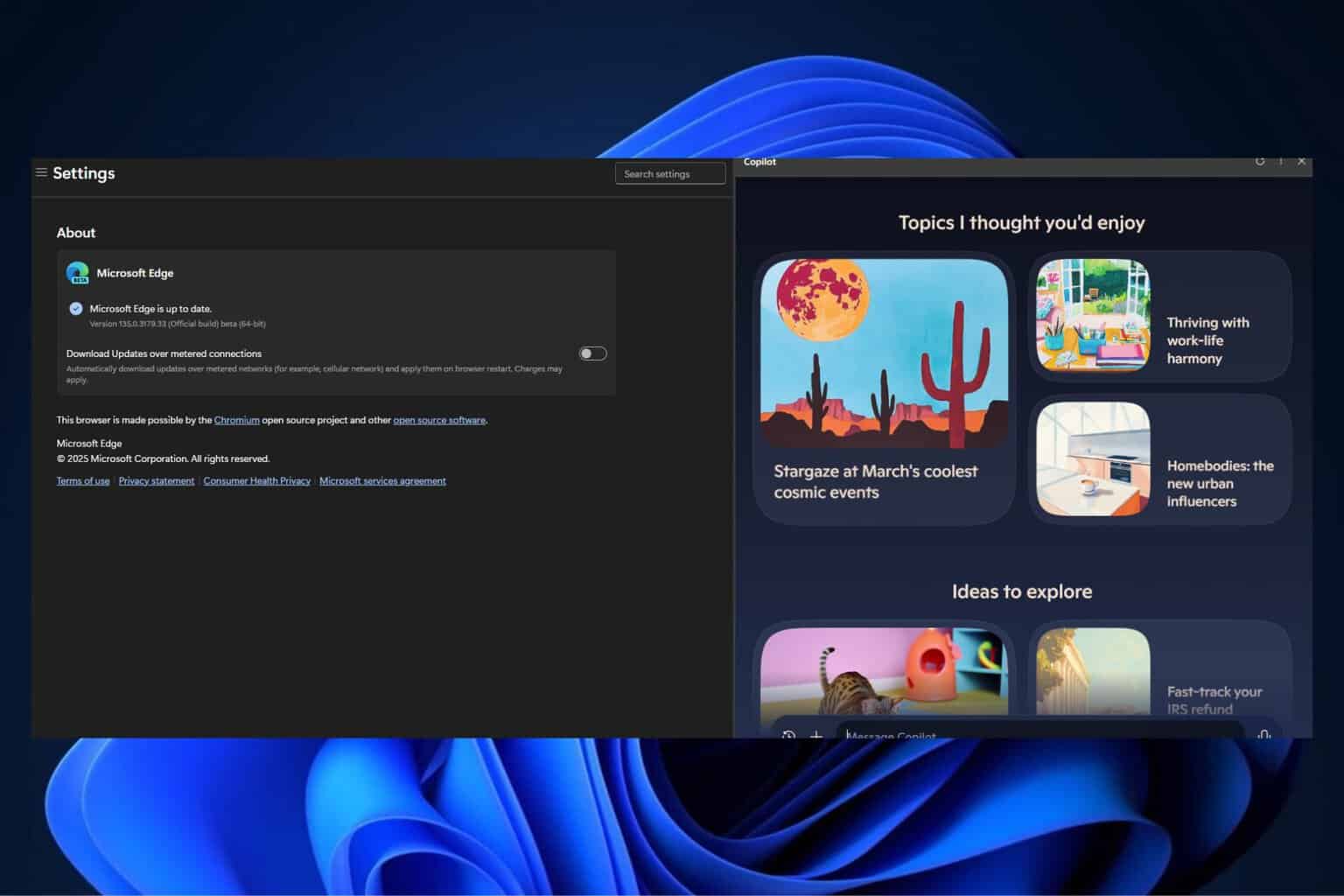

User forum
0 messages